The 21st Century global economy can thrive in an environment that has focus on skills around creativity and imagination, critical thinking and problem solving. Empirical analysis reveals a strong positive relationship between education and economic growth. India has a large population of 30.5 crore (Census 2011), in the school going age of 6-18, which is more than 25% of the total population. India has the full potential to use this demographic dividend to its advantage if the children can be imparted education that prepares them to face the real world with confidence.
With the adoption of Sustainable Development Goal 2030 the focus now has shifted to Quality with Equity up to the Secondary level of Education.
Prime Minister Shri Narendra Modi, some months back, in one of his addresses through Mann Ki Baat emphasized the importance of quality in the following words: “So far, the government’s focus was on spreading education across the country. But the time has now come to shift the focus on quality education. Now, the government should emphasise more on learning rather than schooling,”
HRD Minister Shri Prakash Javedkar also announced that “Raising the quality of education in the country will be the top priority”. This shift from schooling to learning would mean a shift in focus from inputs to outcomes.
Sarva Shiksha Abhiyan (SSA), a Centrally Sponsored Scheme implemented by Government of India in partnership with State Governments, has achieved considerable success in universalising elementary education. Today, there are 19.67 crore children enrolled in 14.5 lakh elementary schools in the country. The dropout rate has reduced considerably, but is still high at 16% at primary and 32% at upper primary level, and needs to be reduced significantly. As per a survey, the number of out of school children has declined from 135 lakh in 2005 to 61 lakh children in 2014, all efforts must be made to bring the last child back to school.
As is evident, India has done well in terms of ensuring access and equity in schooling. However, the level of learning by the average student is a matter of concern. As per the recent report of the National Achievement Survey (NAS) for class 5 students, the percentage of students getting more than half the questions correct is only 36% for reading comprehension and the corresponding figures for mathematics and environmental studies are 37% and 46% respectively.
Both the Centre and the State Governments are devising comprehensive approaches and strategies to address the issue of improving quality of education in schools. Some of the key focus areas include working on issues related to Teachers, Classroom processes, Assessments and Evaluations of student’s learning, School Infrastructure, School Effectiveness and Community participation.
1.Teachers
While children are at the centre of school education, it is the teacher who plays the most critical role in ensuring learning among children. Since inception of Sarva Shiksha Abhiyan 19.48 lakh additional teacher posts have been created for elementary classes; appointment of teachers against these posts has resulted in improving the pupil teacher ratio from 42:1 to 24:1. However, there are still schools having single teachers or inadequate number of teachers. For this State governments need to redeploy teachers for equitable distribution and also have an annual schedule of recruitment of qualified teachers, so as to replace the retiring teachers.
Presently 85% of regular teachers in government schools are professionally qualified. In 20 States and UTs, all teachers have the requisite qualifications. Government is taking steps to ensure that over the next 2-3 years all teachers in the remaining 16 States/UTs would be fully qualified.
As per the findings of a study done in 2013 by the Ministry, the average teacher attendance was found to be around 83%. This needs to be improved to close to 100%.

Need based professional development of teachers working in schools is being taken up under both Sarva Shiksha Abhiyan and Rashtriya Madhyamik Shiksha Abhiyan schemes. Online programmes are also on the anvil to supplement the efforts.
The school system needs to attract bright students to the teaching profession, 4-year integrated B.A B.Ed and B.Sc B.Ed teacher programmes have been introduced by the National Council of Teacher Education and these programmes need to be popularized to catch the attention of those who are genuinely interested in nation building through a quality schooling system.
2.Classroom Processes
These have the strongest association with learning achievement of children, and include classroom management, effective student teacher interactions, and quality of instruction; structured teaching and nature of activities focussing on learning. Ensuring regular attendance of students as well as teachers in the classroom is a pre-condition for the same. The model for improving learning outcomes needs to focus on clearly bench marking expected learning outcomes for every class and every subject, easily understandable by teachers, school heads and widely disseminated among parents and community;
ICT enabled teaching and learning.

Recognizing the need for a strong foundation for learning the Government launched Padhe Bharat Badhe Bharat in 2014, with a framework emphasising the importance of learning to read with understanding. In order to build an interest and popularizing learning of Mathematics, Science and Technology this government launched the Rashtriya Avishkar Abhiyan in 2015.
Through this initiative schools have an opportunity to be mentored by institutions like the IITs and NITs amongst others. The recent launch of Atal Innovation Mission and Atal Tinkering Lab would give a fillip to critical analysis, creativity and problem solving among students.
All the Government Secondary schools in the country are being ICT enabled so as to leverage ICT in teaching the children and also for improving IT literacy among them. The National Repository of Open Educational Resources (NROER) and recently launched E-Pathshala are bringing together all digital and digitisable resources across all stages of school education and teacher education.
3. Evaluation and Assessment
Assessing the learning progress of a student is one of the primary roles of a teacher. Regular and continuous assessments of students in the classroom are meant to provide, feedback to the child and parents, feedback to the teacher, remediation for addressing the learning deficit among children. A robust classroom based learning assessment mechanism can ensure that both the teacher and the student are focussed on learning.
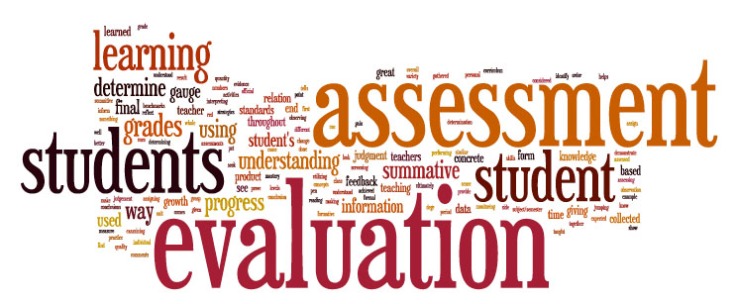
What gets measured can be improved. Along with the classroom based assessment of learning, large scale achievement surveys are needed to look at how students are progressing in their learning as well as how the system is performing as a whole to achieving the goal of education.
Government has initiated a process whereby, every year, children will be assessed through a National Achievement Survey. This will cover students in government schools, government aided schools and private schools. The primary purpose of the survey is to provide schools an opportunity to understand their student’s performance against the bench marked learning goals. Based on the results, schools will develop a school level plan to improve the learning levels. Such a survey will create a positive environment focussed towards improving learning outcomes. The feedback for the teachers and students will be immediate so that they can take timely action to address the learning gaps; track the performance of students over the period of time and provide systemic feedback to curriculum developers, teacher training institutions and educational administrators about the health of educational system. This is essential for educational quality improvement.
4. School Effectiveness
For schools to perform effectively, empowerment of the school head is crucial. Government of India has suggested State Governments to take steps to develop a separate cadre of school headmasters. With a full time head teacher in place capacity building can be done in a targeted manner. In order to nurture the leaders for the schools of tomorrow, the National Centre for School Leadership at NUEPA has developed a training package, which is currently being implemented across the country. Plans are afoot to set up Leadership Academies in States that would be able to meet their State needs.
Schools need to be continuously assessed in various dimensions so that the need for improvement is internalized
. Initiatives like Gunotsav in Gujarat
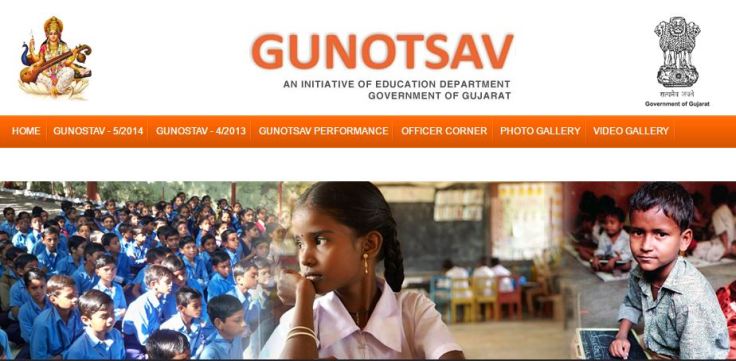
Pratibha Parv in Madhya Pradesh,
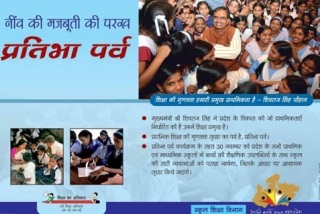
Sambalan in Rajasthan and Samiksha in Odisha are good examples. Comprehensive school assessment framework called Shala Siddhi has been developed at the national level by NUEPA and launched in November 2016. This has a component of self-assessment and a third party assessment. The self -assessment will be used by schools to develop and implement their improvement plan.
Steps are being taken to have Aadhar enabled data of students and teachers. This would help track children from one class to the next, thereby enabling the system to identify children who drop out; ensuring that all eligible children are receiving the entitlements such as mid-day meal, textbooks, uniforms and scholarships as well as monitoring student and teacher attendance.
5. School Infrastructure
Through the interventions under Sarva Shiksha Abhiyan and Rashtriya Madhymik Shiksha Abhiyan major strides have been taken in provisioning of school infrastructure. Since inception of SSA, school buildings have been added for 2.23 lakh primary and nearly 4 lakh upper primary schools. States, UTs, Central PSUs and private corporate sector responded to the call of the Prime Minister to have a separate functional toilet for girls and boys in every school. Under the
Swachh Vidyalaya initiative 4.17 lakh toilets have been constructed. Steps are being taken towards ensuring that the toilets are kept clean, functional and well maintained.
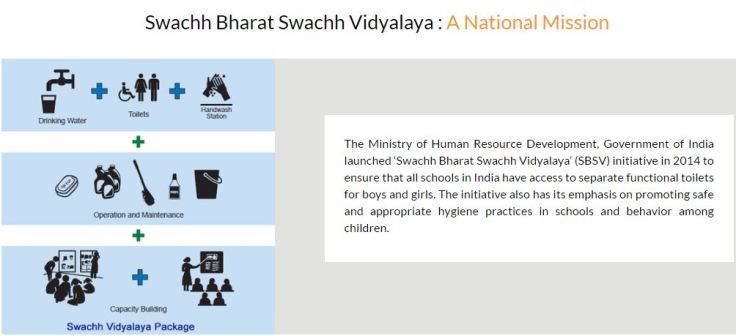
Today we are looking at schools to be more than just buildings and classrooms. For a school to have basic learning conditions it must have electricity, functional library and reading corners; science labs; computer labs, toilets and LPG connection for cooking of mid-day meal. All States and UTs have been advised to ensure electricity in all Secondary Schools in the current year itself while the remaining schools may be covered within a short time frame.
6. Community Involvement
In such a large and diverse country the key to success is decentralization of decision making and accountability. In case of school education, communities play a vital role in school management through the School Management Committees. So far these committees have been involved in provisioning of inputs like construction of school building etc. Moving ahead the School Management Committees will need to be strengthened to hold the school accountable for their children’s learning. Parents and SMC members will need to be aware of the class wise learning goals; efforts like SMC meetings, social audits or gram sabha meetings on school education would need to assess student learning. In order to ensure that moving forward parents and community members can hold schools accountable for their child’s learning, efforts are on to prepare class wise learning goals in easy to understand language and the plan is to display these in the school and also do a wide dissemination.
On the eve of the passage of the nation to the 70th year of Independence, we must commit ourselves to a positive campaign for improving the quality of school education. This campaign will need the efforts of one and all – government, civil society organisations, experts, parents, community members and children. It is time that a Team India is built around this issue of improving Quality of School Education so as to build a solid foundation for the next generation to enable them to face the 21st Century with confidence.

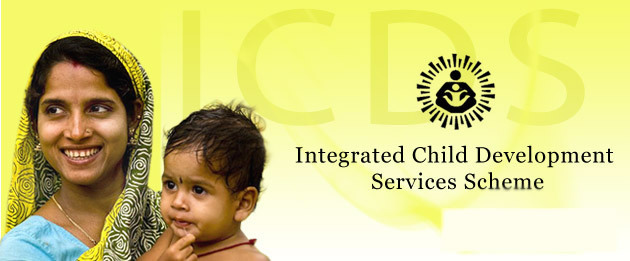
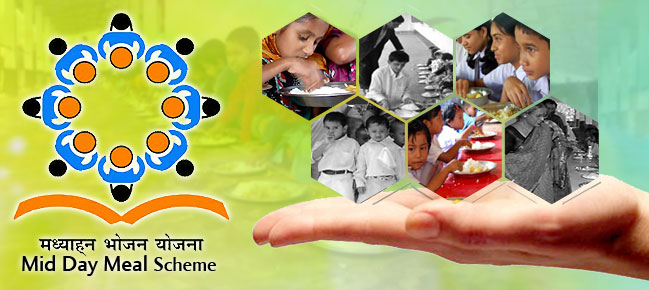
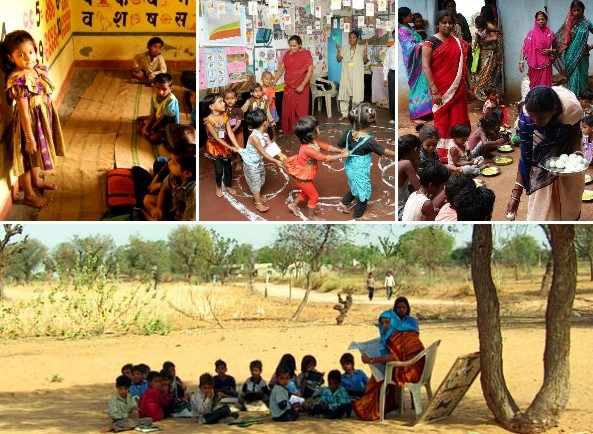
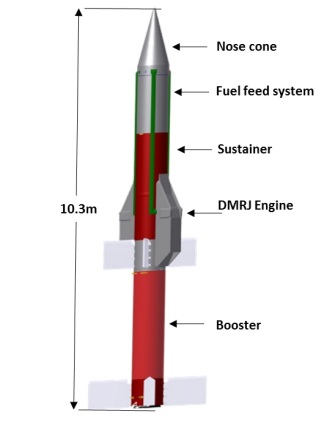 an assisted take off by a rocket to accelerate it to a speed where it begins to produce thrust. It has been found that scramjet engines work most efficiently at supersonic speeds between Mach 3 and Mach 6. A ramjet engine on the other hand can work at subsonic speed. Both ramjet and scramjet engines use atmospheric oxygen as oxidizer. While exit flow from the inlet of a ramjet engine is subsonic that from a scramjet engine is supersonic. The word Mach comes from Ernst Mach, a brilliant 19th century scientist whose most famous contribution was in the area of the speed of sound. Mach 1 means the speed of sound that is 1195 km/hr in air. A rocket flying at Mach 1 speed means it is going at the speed of sound in a particular medium say air. Mach 2 means twice the speed of sound.
an assisted take off by a rocket to accelerate it to a speed where it begins to produce thrust. It has been found that scramjet engines work most efficiently at supersonic speeds between Mach 3 and Mach 6. A ramjet engine on the other hand can work at subsonic speed. Both ramjet and scramjet engines use atmospheric oxygen as oxidizer. While exit flow from the inlet of a ramjet engine is subsonic that from a scramjet engine is supersonic. The word Mach comes from Ernst Mach, a brilliant 19th century scientist whose most famous contribution was in the area of the speed of sound. Mach 1 means the speed of sound that is 1195 km/hr in air. A rocket flying at Mach 1 speed means it is going at the speed of sound in a particular medium say air. Mach 2 means twice the speed of sound.












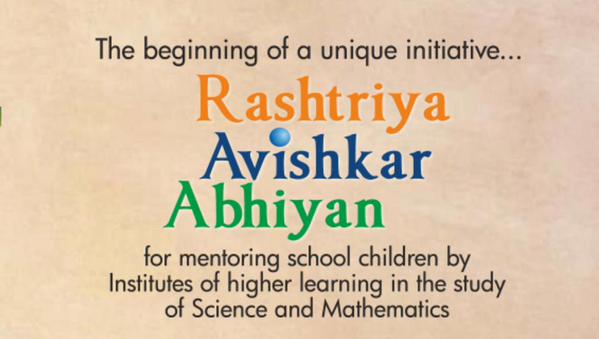



 Sambalan in Rajasthan and Samiksha in Odisha are good examples. Comprehensive school assessment framework called Shala Siddhi has been developed at the national level by NUEPA and launched in November 2016. This has a component of self-assessment and a third party assessment. The self -assessment will be used by schools to develop and implement their improvement plan.
Sambalan in Rajasthan and Samiksha in Odisha are good examples. Comprehensive school assessment framework called Shala Siddhi has been developed at the national level by NUEPA and launched in November 2016. This has a component of self-assessment and a third party assessment. The self -assessment will be used by schools to develop and implement their improvement plan.

